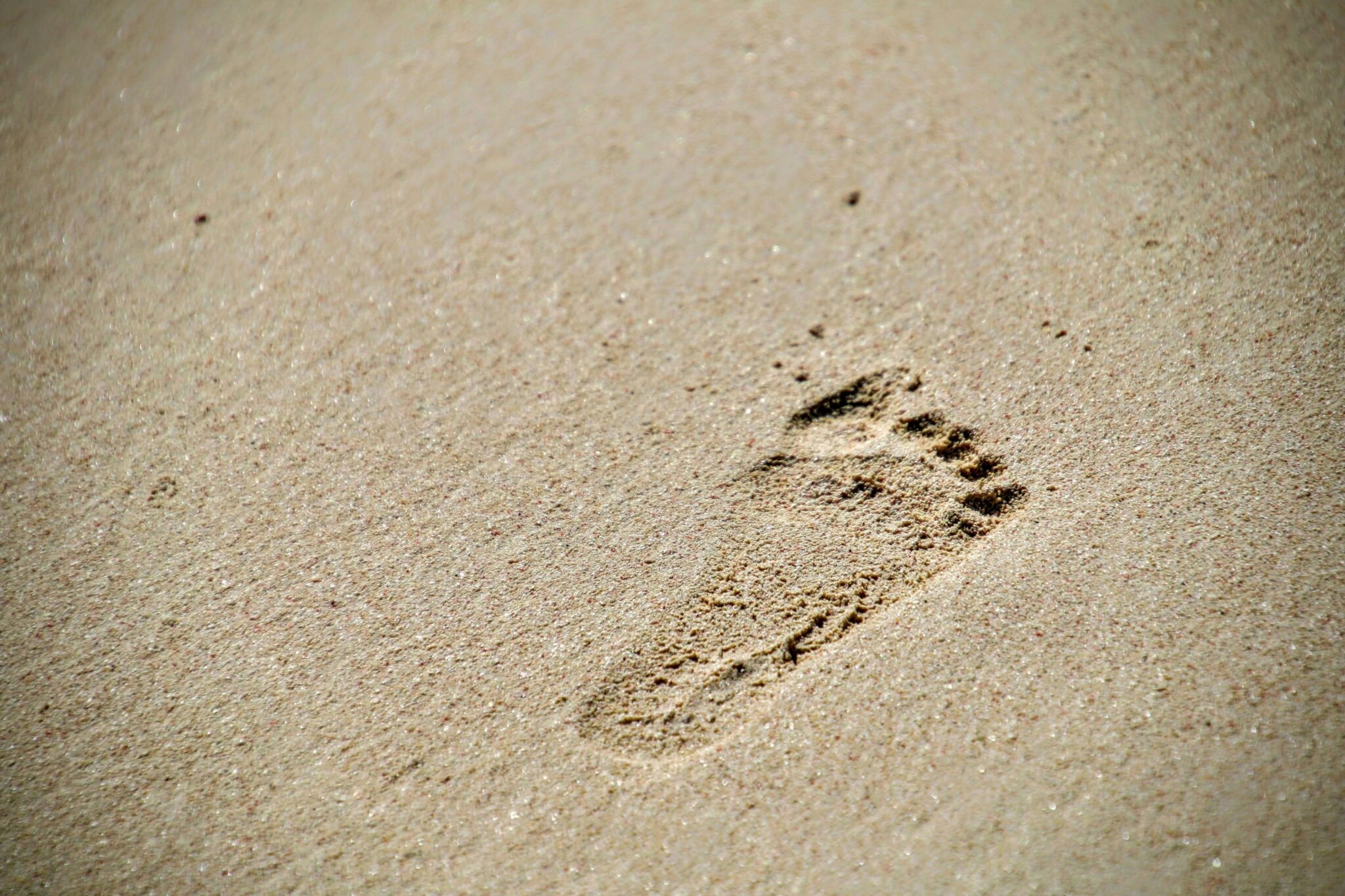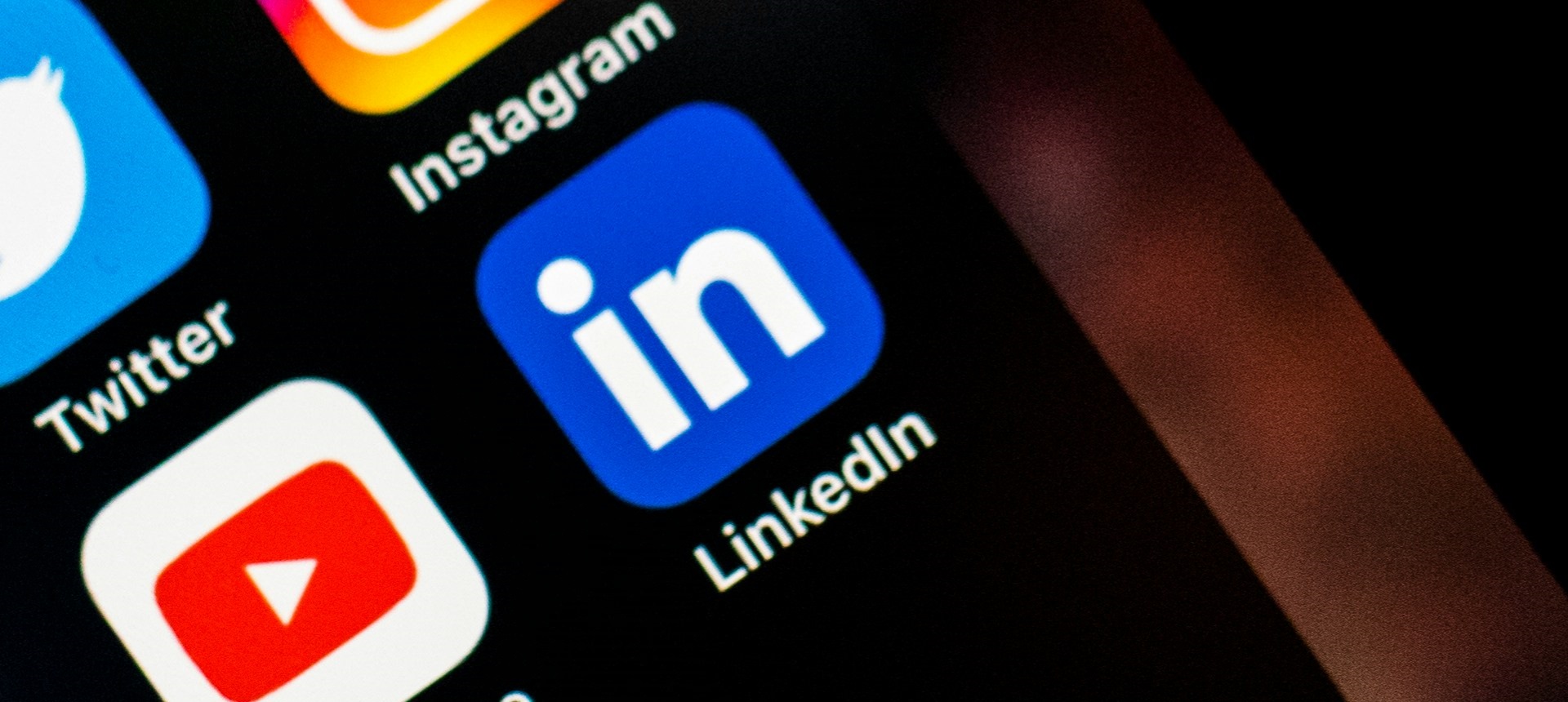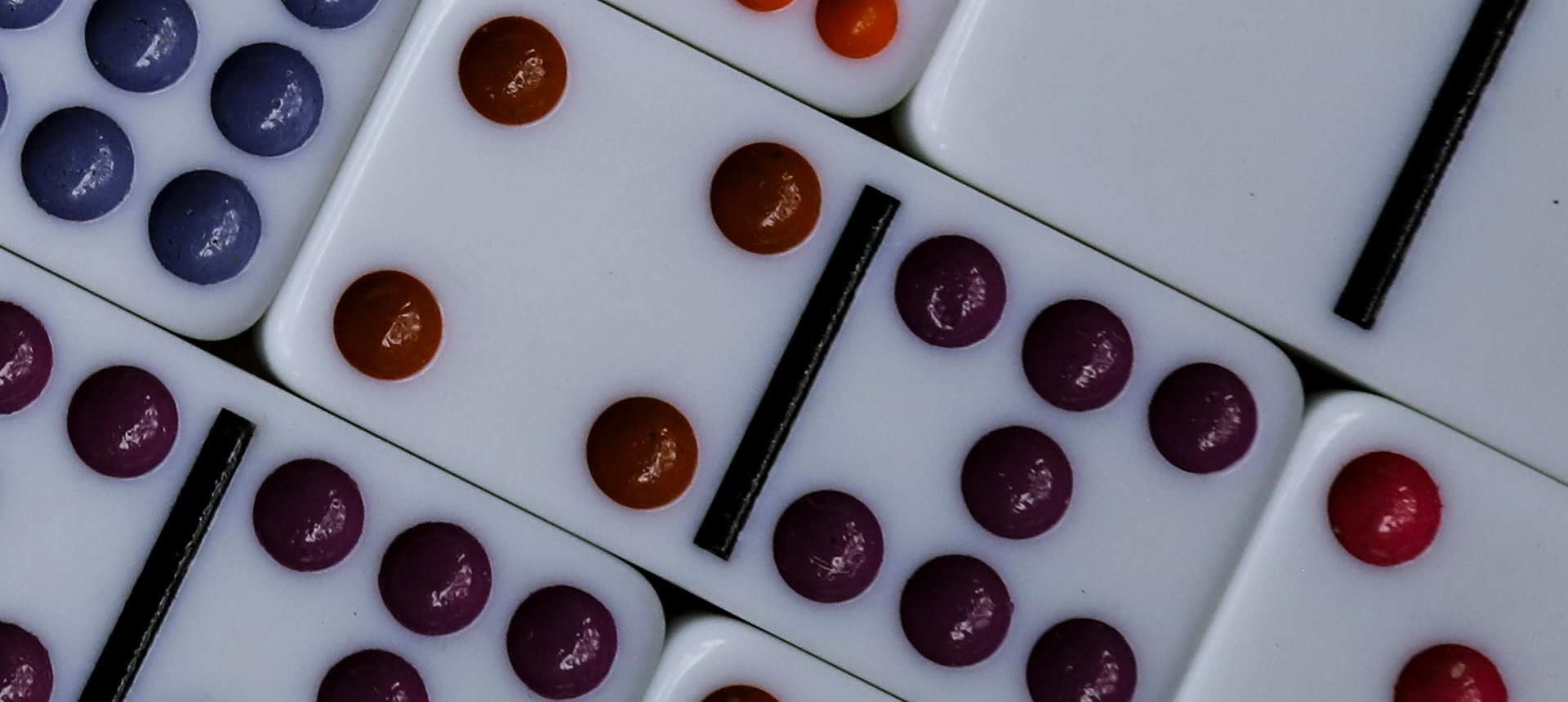I talk a lot (too much?) about some of the not-so-great uses of GenAI that we’re seeing right now. That could mean for copywriting or graphic design, as well as other artistic avenues like poetry and songwriting.
On the visual side, recent viral moments around extending classic album covers – which teenagers on TikTok seem to have been the first to experiment with – and making famous memes into short moving clips using Luma AI’s Dream Machine come to mind. It’s fair to say I haven’t been much of a fan of either, and the ‘why’ of that isn’t the point here.
But I do want to talk about a modest way that GenAI is working for us here at Collective Content.
One of our team, Daine Lindsay, has extended open source stock imagery for some of our recent posts using Adobe Photoshop. And I’m happy to have the discussion about what’s right and wrong about doing that, albeit here with imagery open sourced under a Creative Commons licence.
The reason is very simple: it’s just to get the right aspect ratio for posting on LinkedIn. Previously we would have cropped an image in a certain way, but this is arguably better.
Take two recent posts in a series for another team member, Becky Thompson.
In the first instance, this go-getting rock jumper was snapped in portrait. The AI ‘imagined’ the rocks and landscape either side of what was in the first image.

In the second instance, we extended four paint rollers (actually more like three and a half) into six. Note how the right-hand-side strip is a kind of cyan colour but the paint on the roller is green. We’re not saying this works perfectly, but are OK with such a minor detail.
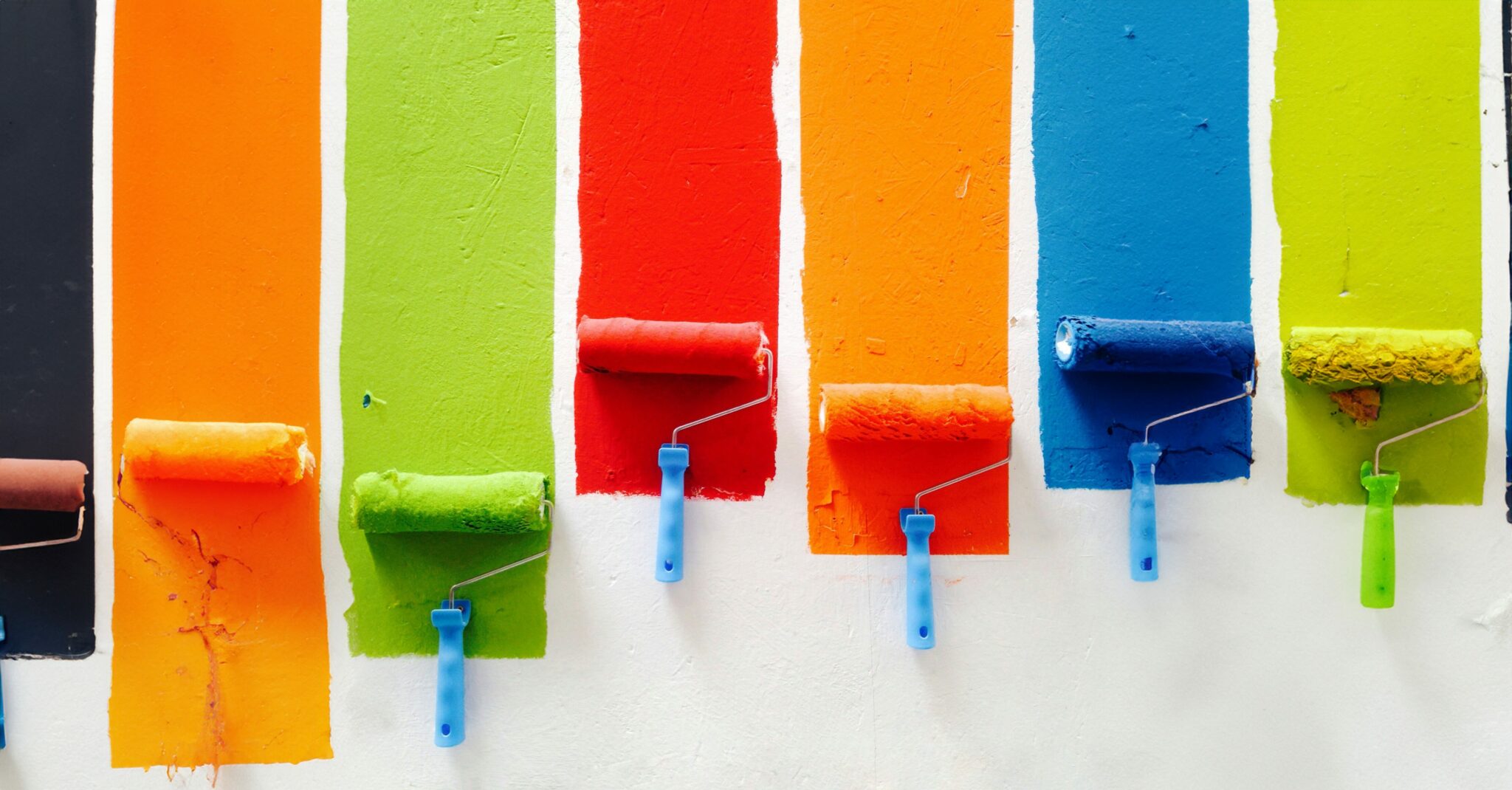
Also note that some of the other options in the second Photoshop example weren’t usable. Even this modest use of GenAI is still a work in progress.
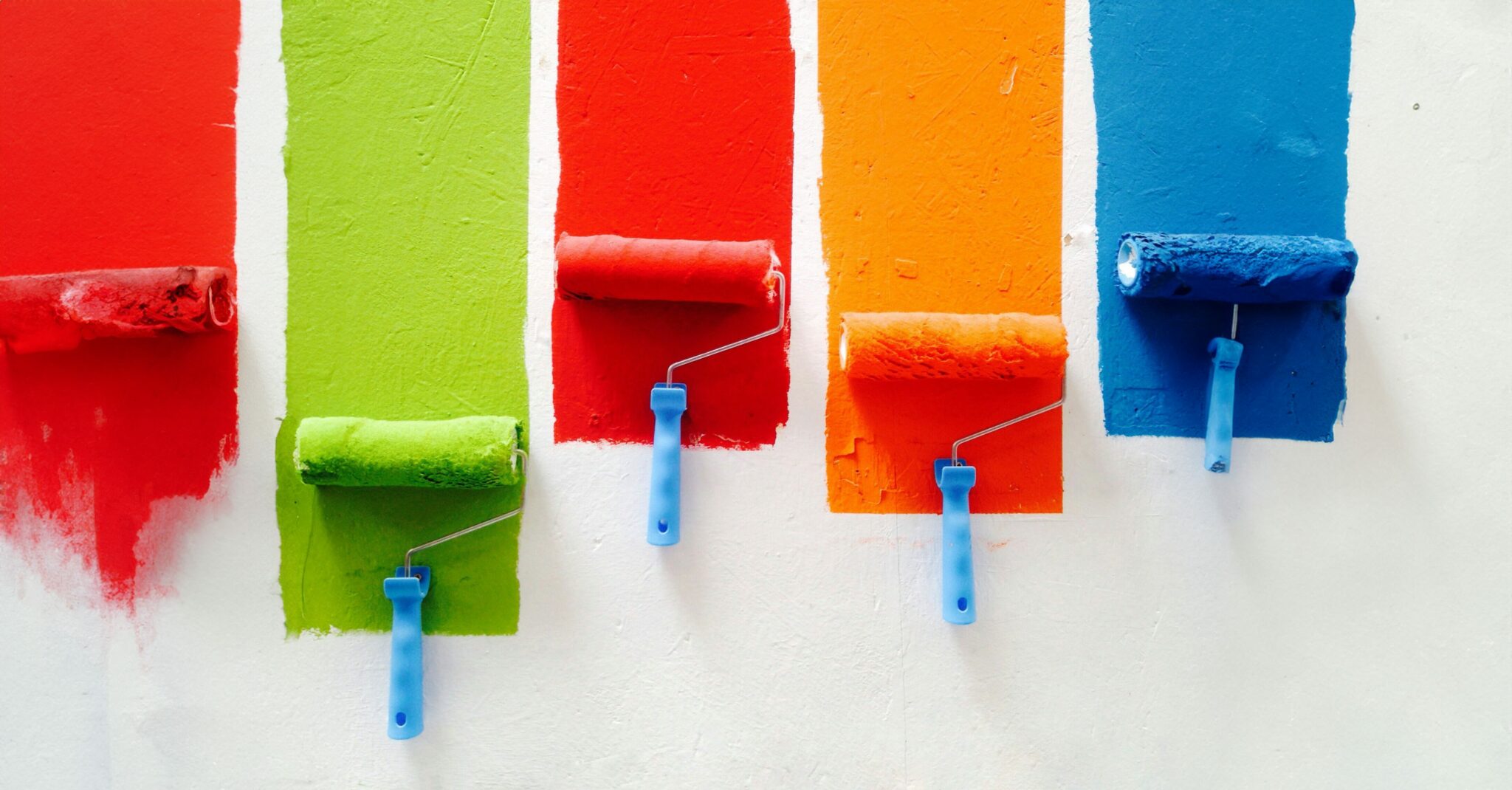
Rather than starting with the most ambitious uses of AI (let’s remix the greatest works of art of the past 100 years, what could go wrong?), it’s with gradual steps like this that creative teams can harness AI’s power, while still keeping standards high.
There are probably a thousand things we could be experimenting with right now, but small teams can start with just a handful, often around process, research and admin, as much as creative output. The latter still relies mainly on humans, with their decades of experience and judgement.
